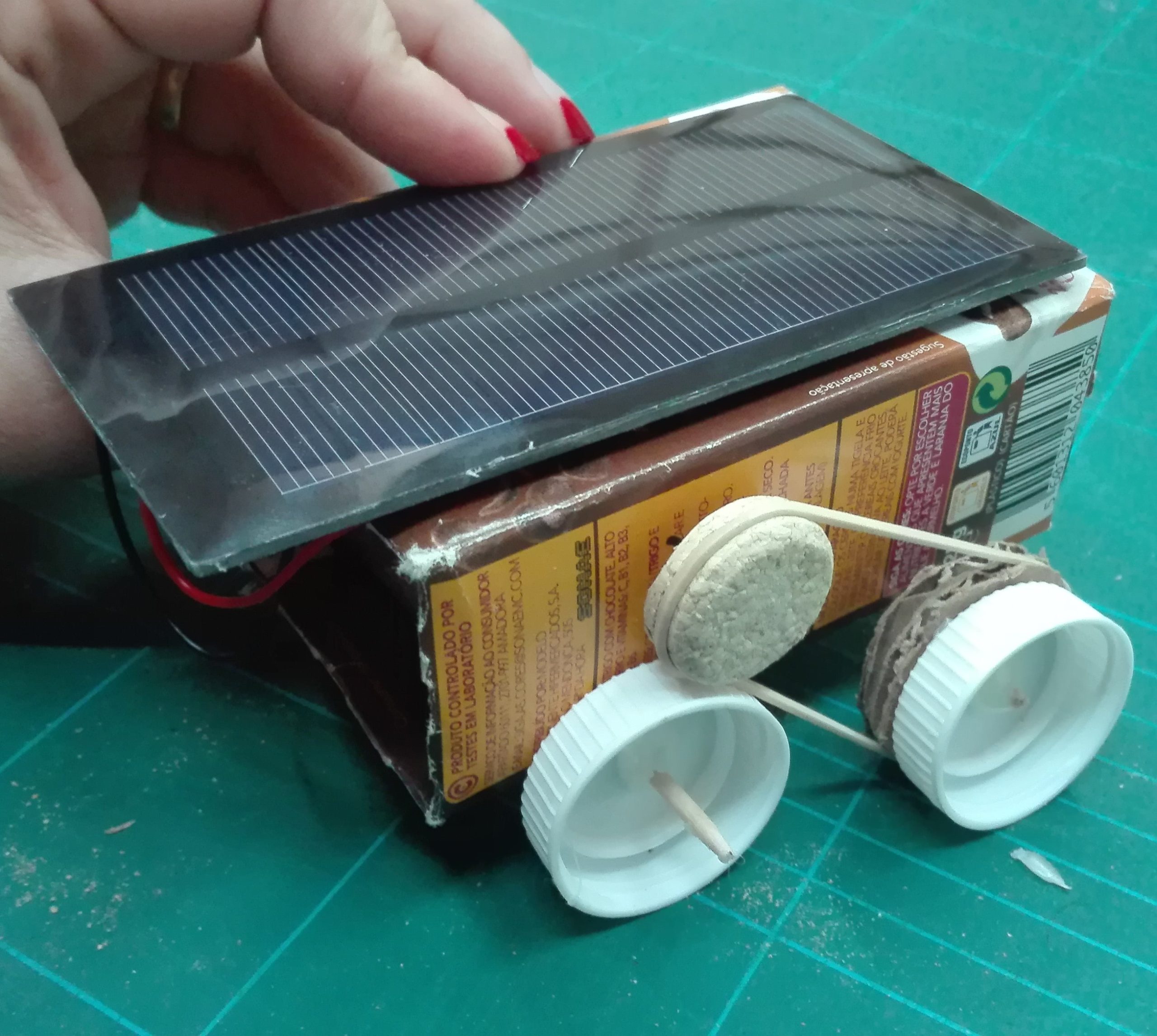Moon Rover - Construction d'un rover à énergie solaire
Dans cette activité, les élèves comparent les avantages et les inconvénients des sources d'énergie renouvelables et des sources d'énergie non renouvelables et étudient des circuits électriques simples.
En utilisant la Lune comme contexte, les élèves construiront un petit moteur et une cellule solaire. Ils identifieront également les principales caractéristiques que leur rover doit avoir pour aller sur la Lune, et amélioreront la conception initiale de leur rover.
Objectifs d'apprentissage
Tranche d'âge :
8-14 ans
Temps
Leçon : 1 heure 30 minutes
Ressource disponible en :
Activité 1 : Alimentation d'un rover lunaire
Dans cette activité, les élèves découvrent les avantages et les inconvénients des sources d'énergie renouvelables. Ils se renseigneront sur l'environnement de la Lune et réfléchiront à la meilleure source d'énergie pour un rover lunaire. Les élèves esquisseront également des circuits électriques simples.
Équipement
Activité 2 : Construire un rover à énergie solaire
Dans cette activité, les élèves construiront un rover solaire à l'aide d'une cellule solaire, d'un moteur et de matériel de bricolage.

Équipement
Le saviez-vous ?
Un rover lunaire devra être conçu pour se déplacer sur des terrains rocheux inconnus, couverts de régolithe et présentant des pentes inconnues. Le rover devra être équipé de roues spécialement conçues pour surmonter ces conditions sans aucun problème. Il devra également transporter des instruments scientifiques tels que des caméras et des forets pour prélever des échantillons. Le rover devra également être autonome et puissant pour couvrir de longues distances.

Le banc d'essai de l'autonomie des Rover de l'ESA, équipé de modules légers
Mots-clés :

L'énergie du soleil - L'énergie solaire au service de l'exploration spatiale
Brève description : Dans cette série d'activités, les élèves découvrent deux concepts qui influencent la conception des panneaux solaires pour les missions spatiales : la loi de l'inverse du carré.

Abri lunaire - Enquête sur les différents abris sur Terre et dans l'espace.
Brève description : Dans cette série d'activités, les élèves analyseront l'importance de disposer d'un abri pour se protéger sur Terre et dans l'espace. Ils compareront

AstroCrops - Faire pousser des plantes pour les futures missions spatiales
Brève description : Dans cette série d'activités, les élèves vont acquérir des connaissances sur la germination et la croissance des plantes en suivant le développement de trois plantes inconnues.



